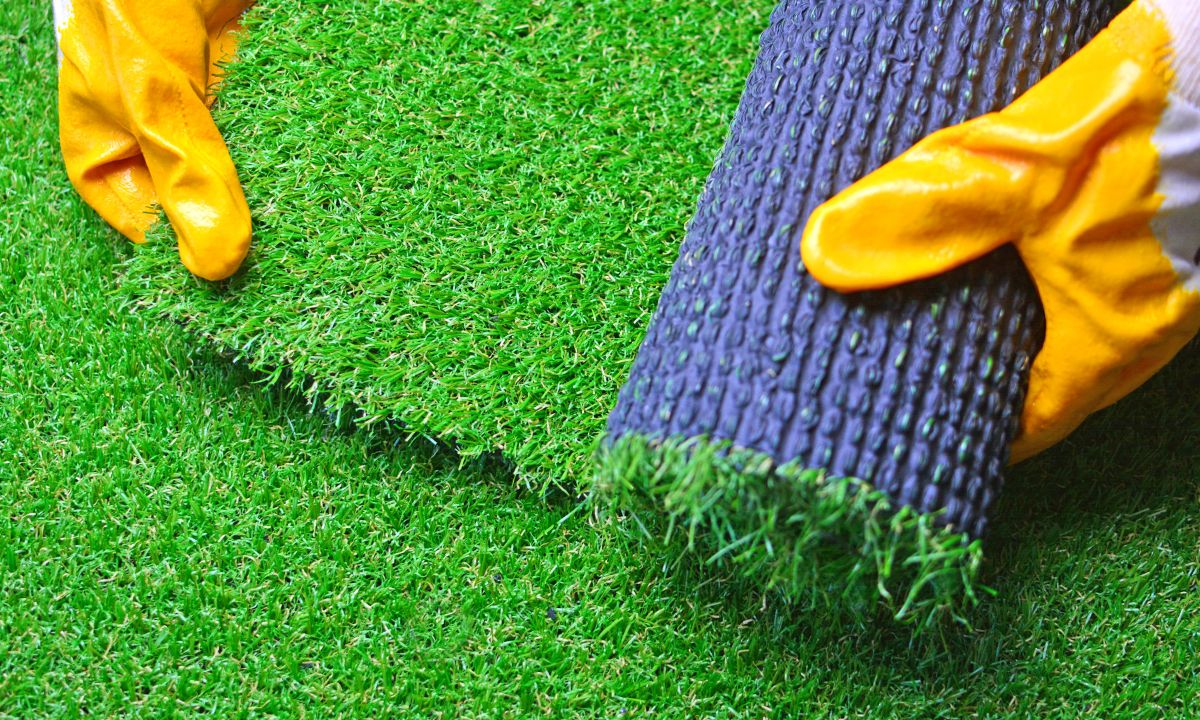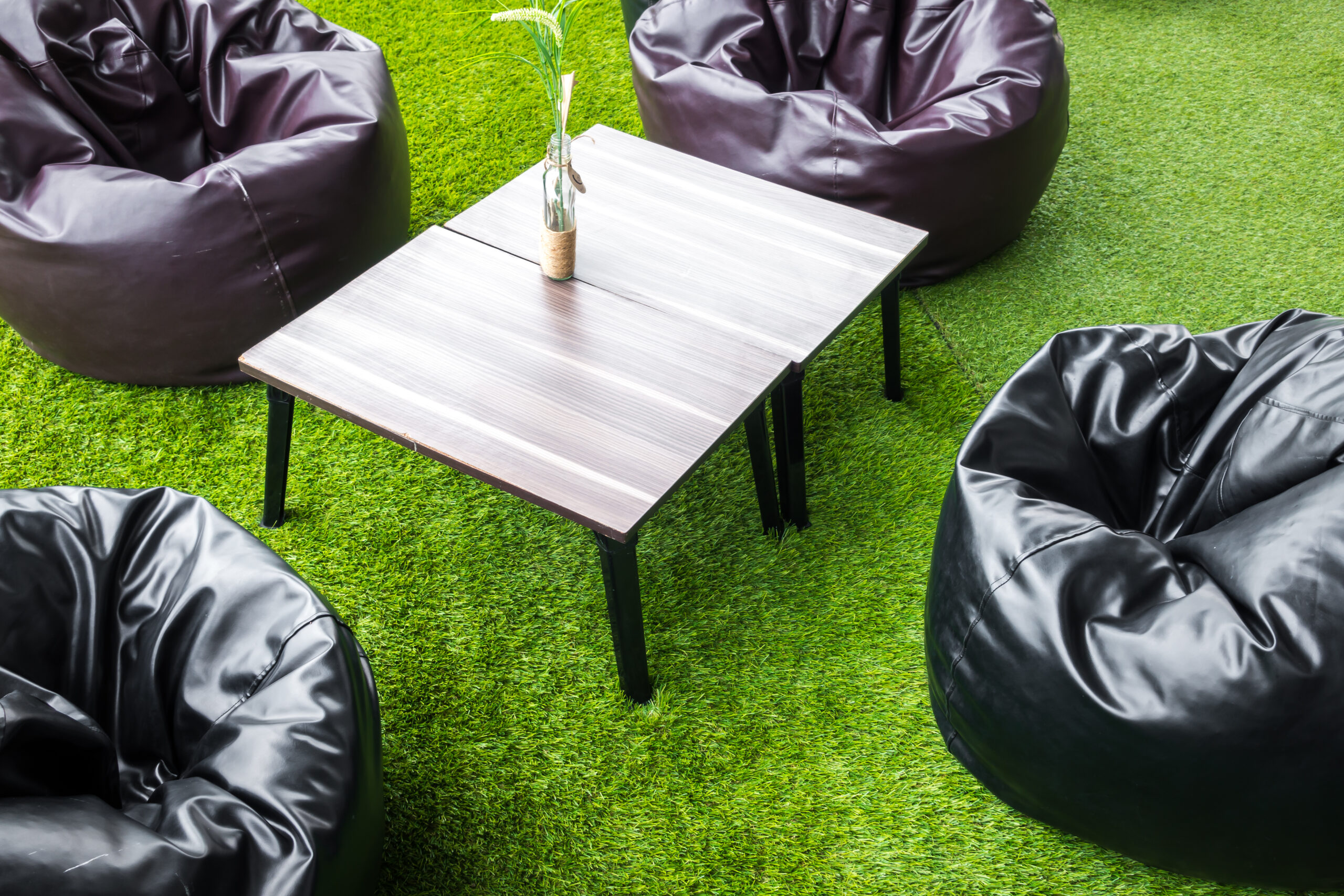
Synthetic Turf Installation in California | Eco-Friendly
Standard lawns in modern California weather struggle to survive throughout the year. The combination of periodic dry seasons and increasing water costs has forced residents, alongside businesses, to install synthetic grass as their permanent solution. The material supplies a visually appealing landscape option while minimizing resource use without diminishing functionality. Understanding the process of synthetic turf installation requires this information about California.
Why Californians Are Choosing Synthetic Turf
The problem of water scarcity continues to rise throughout all of California. The state has suffered significant droughts during recent years, which led to increased water restrictions throughout the area. The yearly water consumption necessary to maintain natural grass lawns normally goes beyond thousands of gallons.
Synthetic turf eliminates that need. Once installed, it doesn’t require watering, mowing, or fertilizing. That means lower utility bills, less maintenance, and no need for harmful lawn chemicals.
This financial decision proves to be both pragmatic and cost-effective. The initial investment in synthetic turf installation might seem higher, but synthetic turf recovers its purchase amount through decreased upkeep expenses and minimized water consumption throughout 3-5 years.
Eco-Friendly Benefits of Synthetic Turf
The annual water conservation through synthetic turf reaches approximately 55 gallons per square foot of area. Every year, synthetic turf saves around 55,000 gallons of water from 1,000-square-foot lawns. The conservation effort has substantial positive effects on dry climate regions.
It also reduces chemical runoff. Using natural lawns requires fertilizers together with herbicides, and pesticides to maintain them, which leads to water contamination and harm to surrounding ecological systems. Synthetic turf eliminates that risk.
Additionally, synthetic turf cuts down on emissions. Gas-powered lawnmowers and trimmers contribute to air pollution. With synthetic turf, there’s no need for weekly mowing or trimming.
Stylish Turf Options for Every Space
Modern artificial turf comes in various textures, and its blades come in different shapes and present multiple shades of green. Turf options are available that duplicate spring green grass.
Various spaces, including home fronts, backyards and dog areas, rooftops, swimming pools, surroundings, and indoor locations utilize synthetic turf. Synthetic turf works effectively in households and business establishments.
The main benefit of a synthetic turf is its adjustable nature for design purposes. A modern contemporary landscape design comes out when the turf gets blended with pavers and gravel. Southern California residents actively use this particular landscape design due to its widespread popularity.
Synthetic Turf Built to Withstand California’s Climate
Quality synthetic turf is designed for high sun and heat exposure. UV-resistant materials prevent fading and degradation. Most products hold up well under direct sunlight for 15–20 years.
Drainage is another key feature. Properly installed turf has a permeable base that lets water flow through, preventing pooling or mud. This is especially useful during heavy rain or for households with pets.
Synthetic turf also handles heavy foot traffic. Whether it’s kids playing or pets running, it won’t develop bare spots or turn brown. With minimal care, it looks the same year-round.
What to Expect During Synthetic Turf Installation
Professional installation is recommended for best results. The process typically includes:
- Site prep: Removing existing grass or dirt, leveling the area
- Base layer: Installing crushed stone or decomposed granite for drainage
- Turf laying: Rolling out the turf, trimming, and securing seams
- Infill application: Brushing in sand or rubber particles to stabilize the turf and improve feel
Installation usually takes 1-3 days for a residential yard, depending on size and complexity. Always verify that your installer is licensed, insured, and experienced with local conditions.
Long-Term Care and Maintenance of Synthetic Turf
Maintenance is simple. Use a blower or plastic rake to eliminate leaves and debris from the synthetic grass surface regularly. Irregularly used pet areas should be rinsed with water, followed by proper application of turf-safe disinfectants.
Mowing the turf fibers with a brush every couple of months will help them maintain upright positioning. The infill may require additional topping over the years.
Repairs are rare but straightforward. A damage repair in artificial turf lawns requires only a localized fix of sections that need replacement, rather than requiring replacement of the entire lawn.
Conclusion
The use of synthetic turf proves to be an intelligent, sustainable solution for Californian residents. The surface preserves water supplies while needing less upkeep and maintaining a constant green color throughout the entire year. The product stands strong while showing an attractive appearance as it matches the state’s commitment to sustainable exterior design. Synthetic turf installation serves economic purposes as well as environmental benefits for homeowners and businesses.



